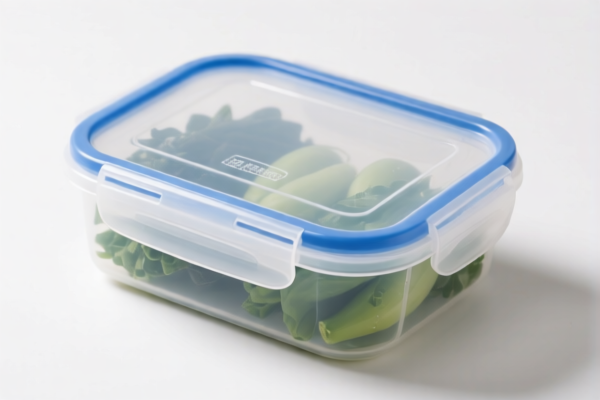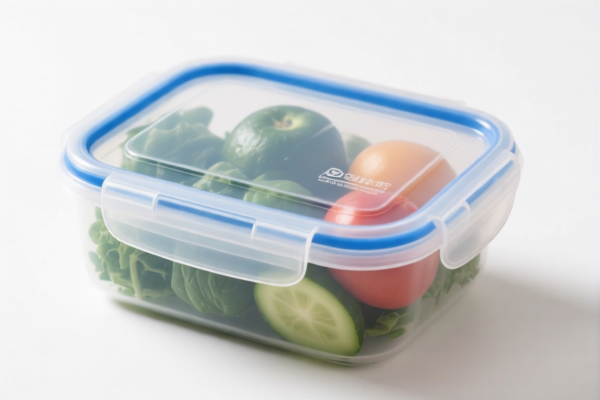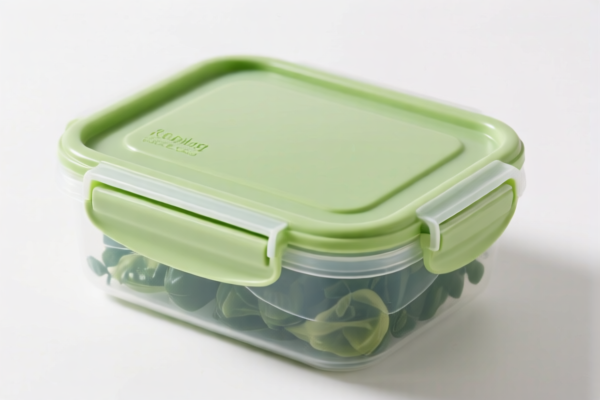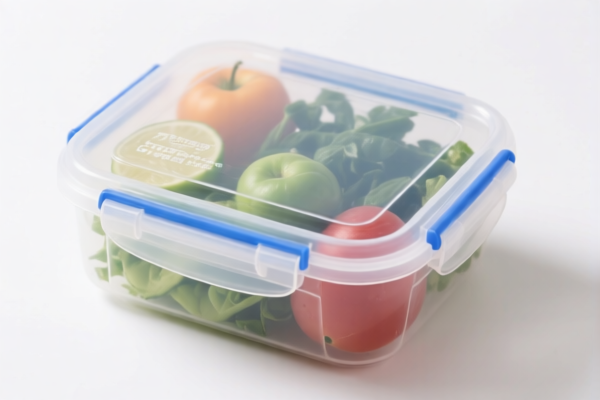| HS Code | Official Doc | Tariff Rate | Origin | Destination | Effective Date |
|---|---|---|---|---|---|
| 4202995000 | Doc | 62.8% | CN | US | 2025-05-12 |
| 4202999000 | Doc | 75.0% | CN | US | 2025-05-12 |
| 3923900080 | Doc | 58.0% | CN | US | 2025-05-12 |
| 3923500000 | Doc | 60.3% | CN | US | 2025-05-12 |
| 3926901600 | Doc | 40.6% | CN | US | 2025-05-12 |
| 9503000090 | Doc | 30.0% | CN | US | 2025-05-12 |
| 9503000071 | Doc | 30.0% | CN | US | 2025-05-12 |
| 4415103000 | Doc | 55.0% | CN | US | 2025-05-12 |
| 4415208000 | Doc | 65.7% | CN | US | 2025-05-12 |
| 4421918800 | Doc | 30.0% | CN | US | 2025-05-12 |
| 4421998800 | Doc | 37.5% | CN | US | 2025-05-12 |
| 7326908688 | Doc | 82.9% | CN | US | 2025-05-12 |
| 7326908688 | Doc | 82.9% | CN | US | 2025-05-12 |
| 7323999030 | Doc | 83.4% | CN | US | 2025-05-12 |




Fresh Storage Box
A fresh storage box is a container designed to maintain the freshness of perishable food items. These boxes typically address issues of air circulation, humidity control, and light exposure, all factors impacting food spoilage.
Material
- Plastic: The most common material, offering affordability, durability, and ease of cleaning. Polypropylene (PP) and polyethylene (PE) are frequently used. BPA-free plastics are increasingly prevalent due to health concerns.
- Glass: Offers non-porous, odor-resistant, and aesthetically pleasing options. More expensive and heavier than plastic.
- Stainless Steel: Durable, non-reactive, and often used for specific food types or longer-term storage. Can be more expensive.
- Silicone: Flexible, airtight, and often collapsible for space-saving storage.
- Bamboo (with plastic/glass components): Used for lids or outer casings, providing a sustainable aesthetic.
Purpose
The primary purpose is to extend the shelf life of foods such as fruits, vegetables, meats, cheeses, and leftovers by creating a controlled environment. This reduces food waste and maintains nutritional value.
Function
- Airtight Seal: Minimizes exposure to oxygen, slowing down oxidation and the growth of mold and bacteria.
- Humidity Control: Some boxes incorporate features to regulate moisture levels. This can include adjustable vents, specialized inserts, or the use of absorbent materials. High humidity is beneficial for leafy greens, while lower humidity is preferable for certain fruits.
- Light Blocking: Certain designs utilize opaque or tinted materials to protect light-sensitive foods.
- Temperature Regulation (passive): While not actively temperature-controlled, the box material can offer some insulation.
- Stackability: Many designs are stackable to maximize refrigerator or pantry space.
Usage Scenarios
- Refrigerator Storage: The most common application, keeping produce, leftovers, and prepared foods fresh.
- Pantry Storage: Used for dry goods that are susceptible to moisture or pests.
- Freezer Storage: Certain boxes are freezer-safe and designed to prevent freezer burn.
- Picnics & Travel: Portable boxes for transporting food.
- Meal Prepping: Storing pre-portioned ingredients or complete meals.
Common Types
- Produce Keepers: Designed specifically for fruits and vegetables, often with adjustable vents and absorbent pads.
- Leftover Containers: General-purpose containers for storing cooked food.
- Meat & Seafood Containers: Often include a drip tray to prevent cross-contamination.
- Berry Containers: Designed to prevent mold growth in delicate berries.
- Modular Containers: Containers that can be stacked and nested for efficient storage.
- Vacuum Seal Containers: Utilize a pump to remove air, extending shelf life significantly.
- Divided Containers: Feature compartments for separating different food items.
Based on the provided information, “fresh storage box” can be classified under several HS codes, depending on the material of the box. Here's a breakdown:
-
3923900080: This code covers articles for the conveyance or packing of goods, of plastics; stoppers, lids, caps and other closures, of plastics: Other Other. If the fresh storage box is made entirely of plastic, this is a relevant classification. The two-digit sections mean:
- 39: Plastics and articles thereof.
- 23: Plastics packaging articles, including stoppers, lids, caps and other closures.
- 90: Other.
- 00: Other.
- 80: Other.
- Tariff details: Basic duty rate is 3.0%, additional tariff is 25.0%, and after April 2, 2025, the additional tariff will be 30.0%. Total tariff rate is 58.0%.
-
4415103000: This code covers packing cases, boxes, crates, drums and similar packings, of wood; cable-drums, of wood; pallets, box-pallets and other load boards, of wood; pallet collars of wood: Cases, boxes, crates, drums and similar packings; cable-drums: Packing boxes and cases with solid sides, lids and bottoms. If the box is made of wood, this is a relevant classification. The two-digit sections mean:
- 44: Wood and articles of wood; wood charcoal.
- 15: Packing cases, boxes, crates, drums and similar packings, of wood.
- 10: Cases, boxes, crates, drums and similar packings; cable-drums.
- 30: Packing boxes and cases with solid sides, lids and bottoms.
- Tariff details: Basic duty rate is 0.0%, additional tariff is 25.0%, and after April 2, 2025, the additional tariff will be 30.0%. Total tariff rate is 55.0%.
-
7326908688: This code covers other articles of iron or steel: Other: Other: Other: Other. If the box is made of iron or steel, this is a relevant classification. The two-digit sections mean:
- 73: Iron or steel articles.
- 26: Other articles of iron or steel.
- 90: Other.
- 86: Other.
- 88: Other.
- Tariff details: Basic duty rate is 2.9%, additional tariff is 25.0%, and after April 2, 2025, the additional tariff will be 30.0%. Total tariff rate is 82.9%. Steel, aluminum products are subject to an additional tariff of 25%.
Regarding HS code 7326908688, please note the additional tariff of 25% on steel and aluminum products.
Customer Reviews
No reviews yet.